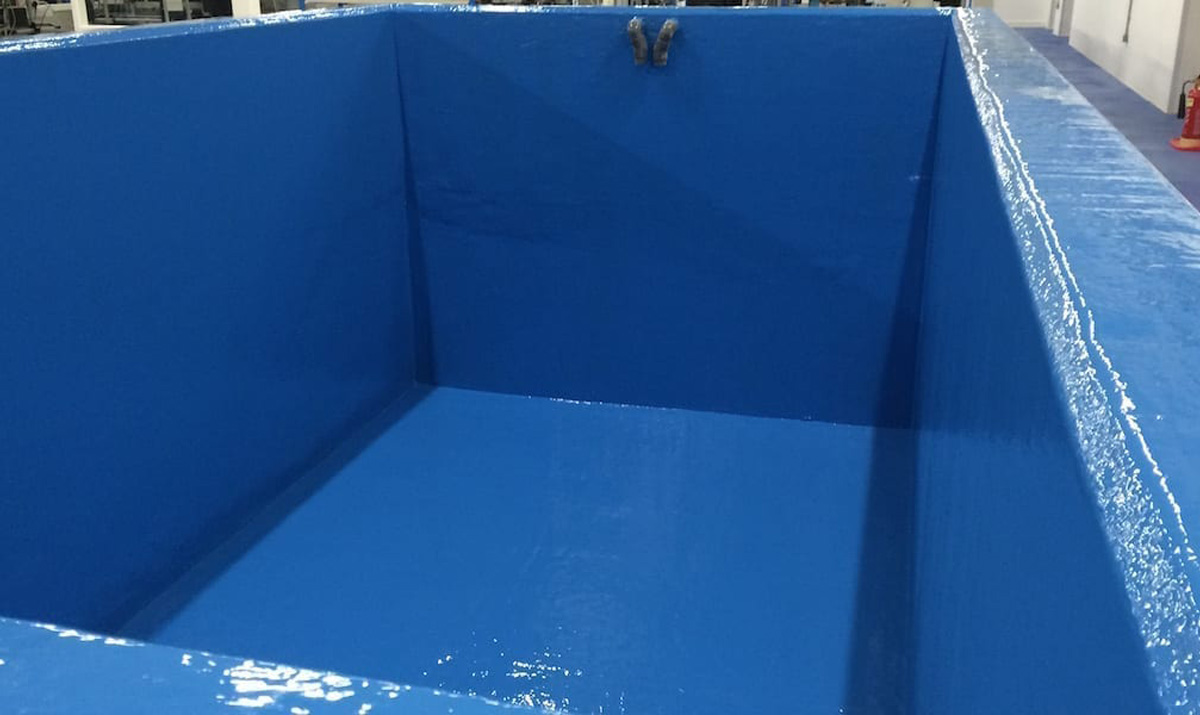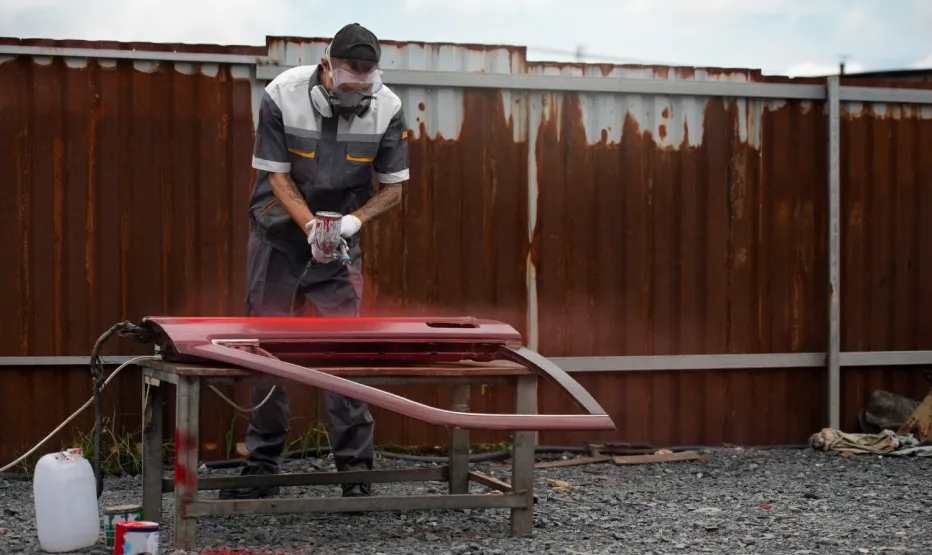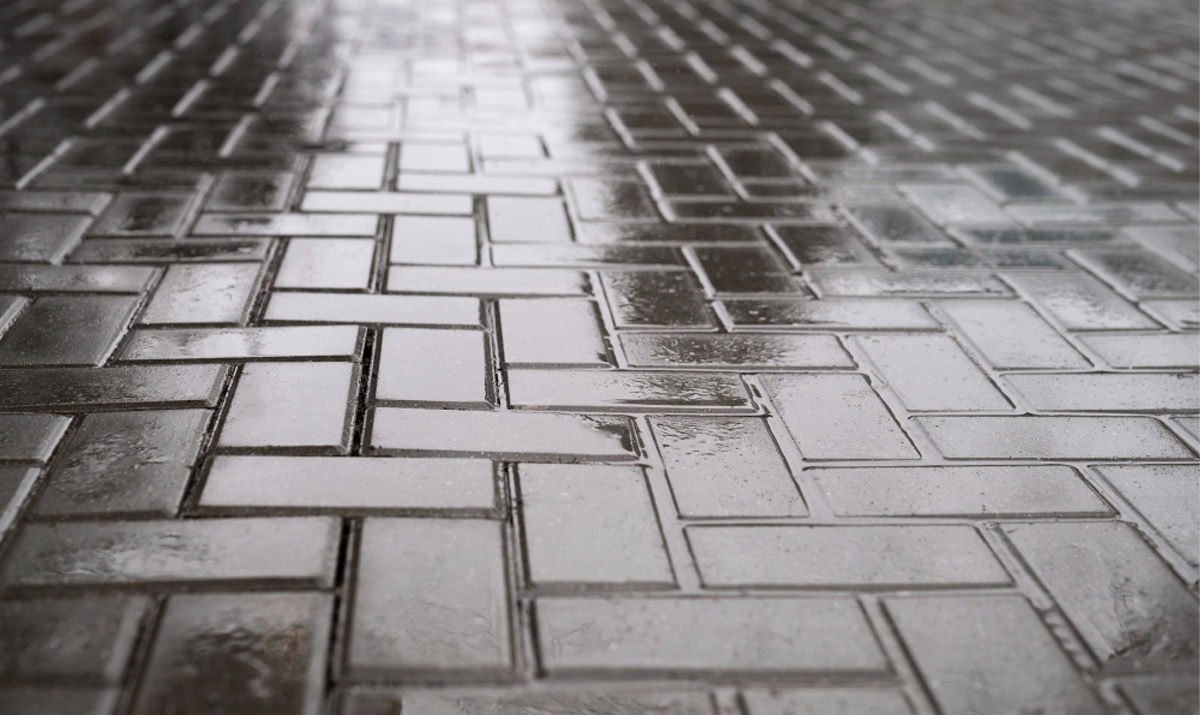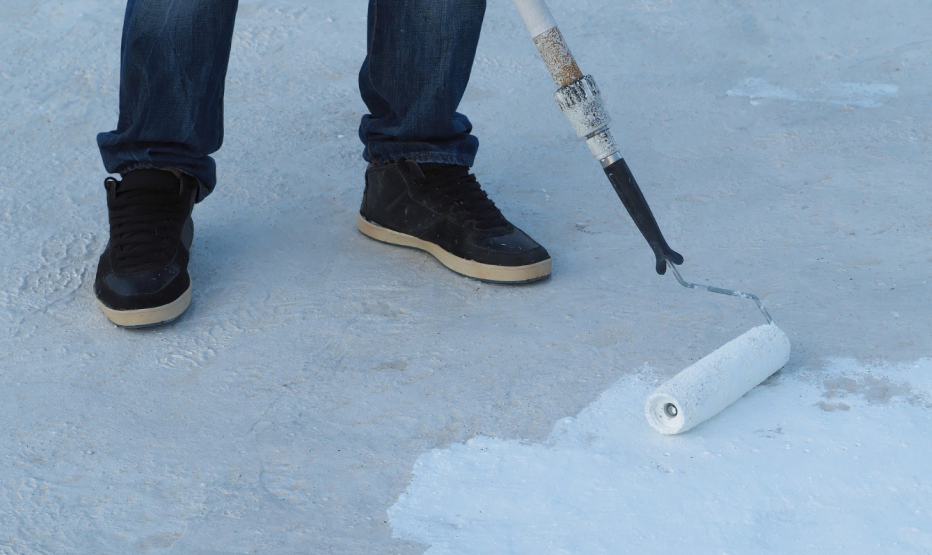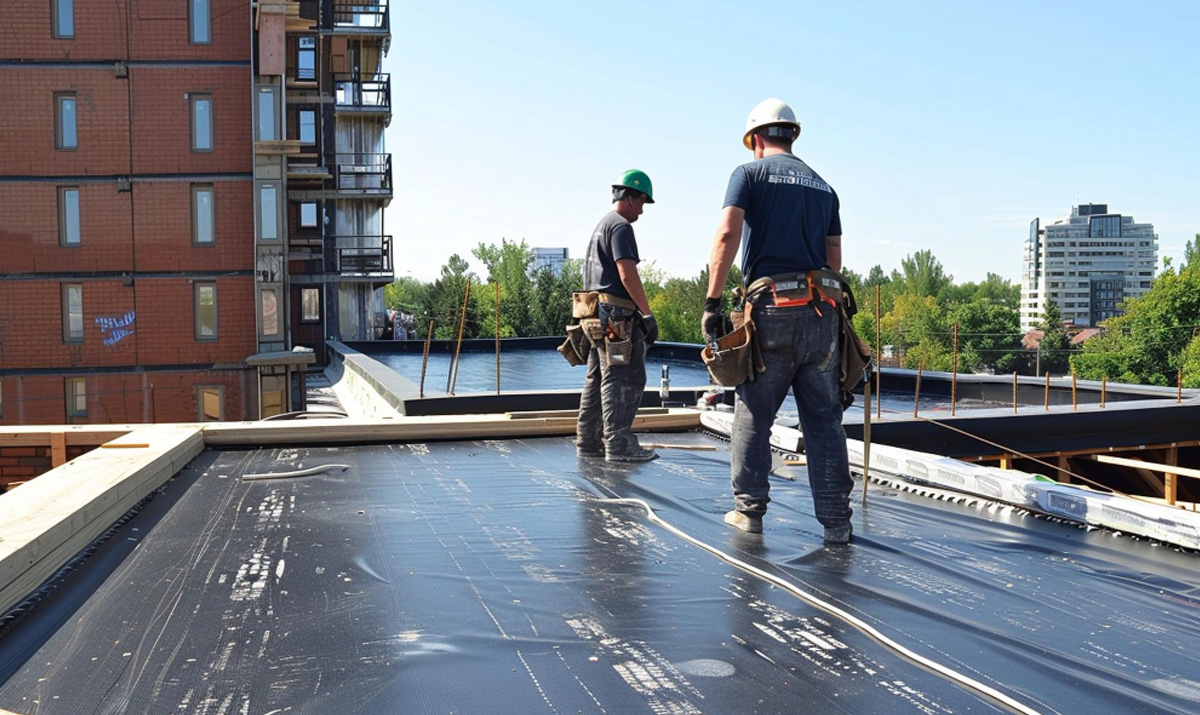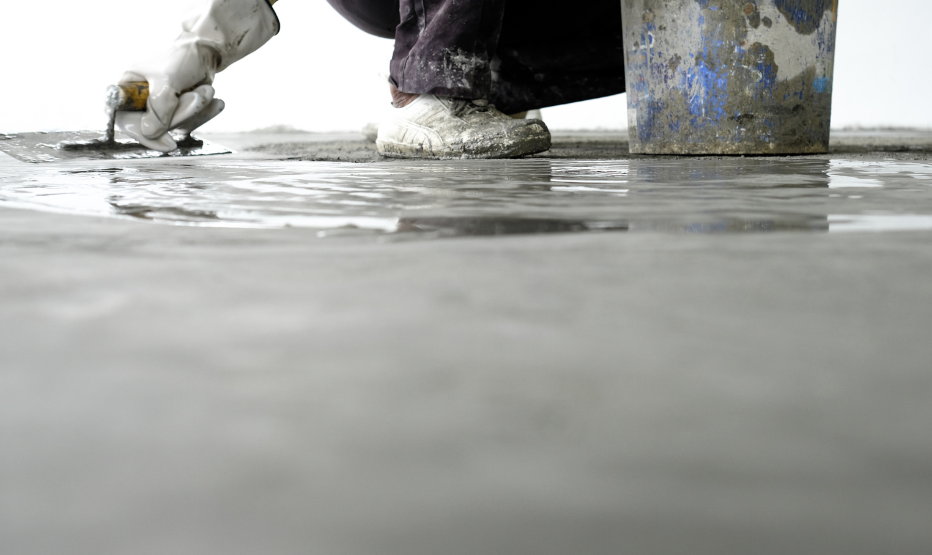Everything You Need to Know About Installing GRP Lining in Water Tanks
When it comes to maintaining the integrity and quality of water storage systems, GRP lining in water tanks stands out as a highly effective solution. At Floor 2 terrace, we specialize in providing top-notch GRP (Glass glass-reinforced plastic) lining services, ensuring your water tanks are protected, durable, and efficient. In this comprehensive guide, we’ll explore everything you need to know about installing GRP lining in water tanks, including its benefits, installation process, and why it’s the preferred choice for many water storage systems.
What is GRP Lining?
GRP lining involves applying a protective layer of Glass Reinforced Plastic (GRP) to the interior surfaces of water tanks. This lining creates a durable barrier that enhances the tank’s resistance to corrosion, chemical damage, and wear, thereby extending its lifespan and maintaining water quality.
Benefits of GRP Lining in Water Tanks
- Corrosion Resistance: GRP lining provides excellent resistance to rust and corrosion, which is crucial for maintaining the structural integrity of water tanks exposed to varying environmental conditions.
- Chemical Resistance: The GRP coating is highly resistant to a wide range of chemicals, making it ideal for tanks used in industrial or chemical processing applications.
- Durability: The reinforced plastic is known for its strength and durability, offering long-term protection against physical wear and tear.
- Low Maintenance: GRP-lined tanks require minimal maintenance compared to other lining materials, saving time and reducing overall operational costs.
- Hygiene and Safety: GRP lining helps maintain high standards of water quality by preventing contamination and ensuring the water remains clean and safe for use.
The Installation Process of GRP Lining
- Surface Preparation: The first step involves thorough cleaning and preparation of the tank’s interior surface. Any existing coatings, rust, or debris are removed to ensure a smooth and clean surface for the GRP lining.
- Application of Primer: A primer is applied to enhance the adhesion of the GRP lining to the tank surface. This step is crucial for ensuring a strong bond between the GRP material and the tank.
- GRP Lining Application: The GRP lining is then applied to the tank using specialized equipment. This involves laying down multiple layers of GRP resin and glass fibers to achieve the desired thickness and durability.
- Curing and Inspection: Once the GRP lining is applied, it is left to cure for a specified period. After curing, a thorough inspection is conducted to ensure the lining is applied evenly and meets quality standards.
- Final Touches: Any necessary finishing touches are applied, such as sealing joints and ensuring the tank is ready for use.
Why Choose GRP Lining?
GRP lining in water tanks is the preferred choice for many due to its superior performance and reliability. The benefits of corrosion resistance, chemical resistance, and durability make it an ideal solution for protecting water storage systems across various industries. Moreover, its low maintenance requirements and contribution to maintaining water quality further enhance its appeal.
Conclusion
Installing GRP lining in water tanks is a wise investment for ensuring the longevity, safety, and efficiency of your water storage systems. At Floor 2 terrace, we offer expert GRP lining services tailored to meet your specific needs and requirements. Contact us today to learn more about how our GRP lining solutions can benefit your water tanks and to get started with your installation project. Trust us for high-quality GRP lining services that deliver exceptional performance and protection.
